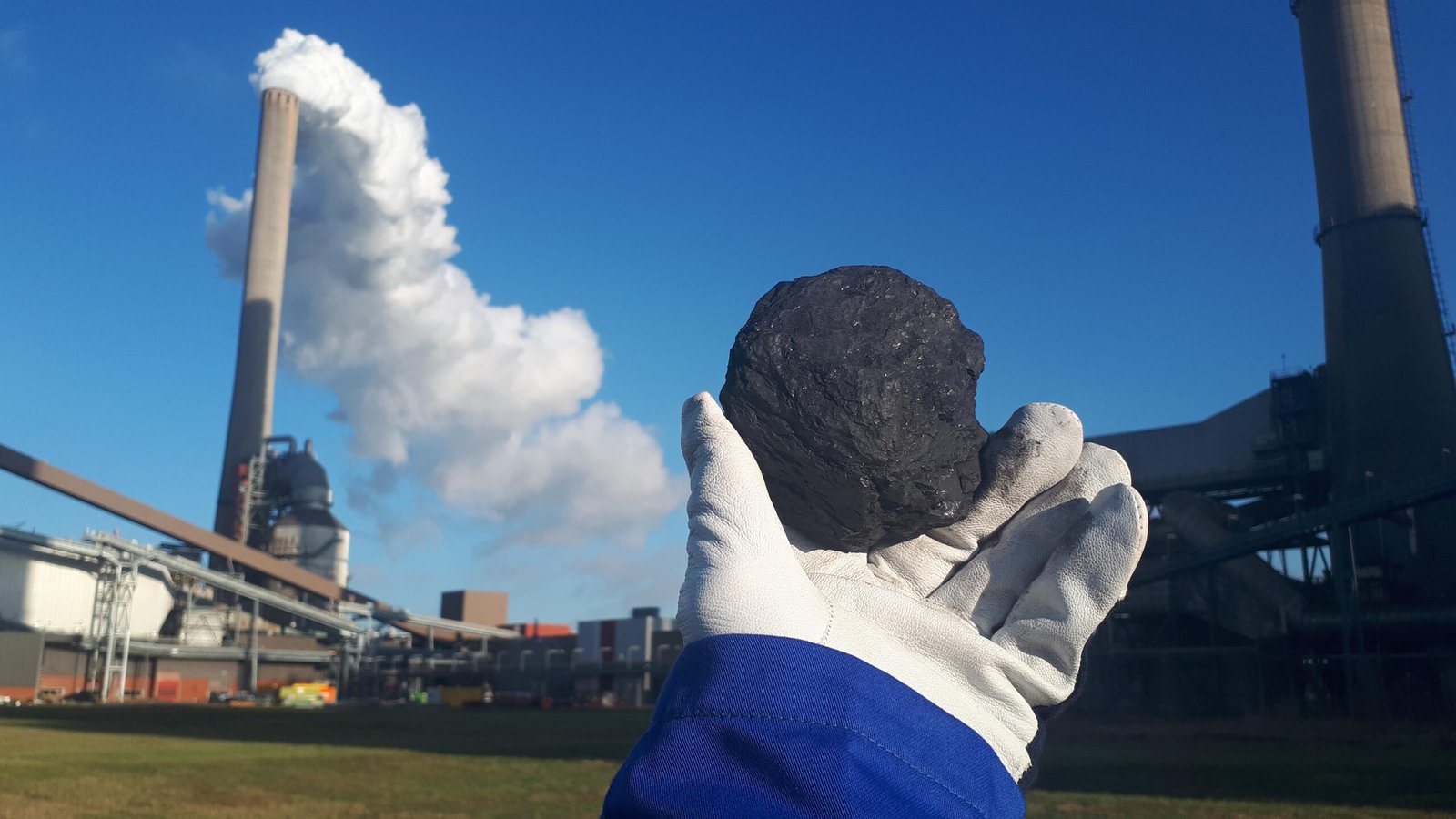The Promise of Fusion Energy: Powering a New Era
Imagine an energy source so powerful and clean that it could fuel our entire civilization without choking the skies or draining the earth. Fusion energy isn’t just a scientific dream; it’s on the verge of becoming reality. Unlike fossil fuels, which are dirty and finite, fusion draws its fuel from isotopes of hydrogen—an element that’s practically everywhere, even in ordinary seawater. The International Atomic Energy Agency points out that fusion could provide a nearly endless supply of safe, sustainable energy, slashing our reliance on oil, coal, and gas. This isn’t just good news for the planet; it’s a game-changer for industries and workers everywhere. The arrival of practical fusion means businesses, governments, and even households could enjoy stable, affordable power. For the first time in history, the energy crisis might become a thing of the past. Just imagine what humanity can achieve when we’re no longer shackled by energy limitations.
Breakthroughs Lighting the Path: Fusion Tech Surges Ahead
Over the past few years, fusion technology has taken leaps that would have seemed like science fiction a decade ago. The ITER project in France—often called humanity’s most ambitious energy experiment—plans to achieve its critical “first plasma” milestone in 2025. This will mark the first time a reactor of this scale demonstrates the essential conditions needed for fusion to work reliably. Meanwhile, private startups like Helion and Commonwealth Fusion Systems are racing to build compact, commercially viable reactors. These innovators are using cutting-edge superconductors and AI-powered controls to solve technical problems that have stumped engineers for decades. Each breakthrough brings us closer to a future where fusion power isn’t just a laboratory curiosity but the beating heart of our energy grid. The momentum is undeniable, and the smart money is watching this space closely.
The Economic Earthquake: Fusion’s Multi-Billion Dollar Impact
The economic implications of fusion energy are nothing short of seismic. According to the Fusion Industry Association, the fusion market could reach a staggering $40 billion by 2030. This isn’t just about new power plants; it’s about jump-starting entire new industries. Companies will spring up to design, build, and maintain fusion reactors, while others will develop the advanced materials and robotics needed to keep them running smoothly. It’s a domino effect of opportunity: as cheap, clean energy becomes available, sectors like manufacturing, computing, and transportation will be transformed by lower costs and greater reliability. The ripple effect will reach far beyond the energy sector, sparking innovation in fields we can’t even imagine yet. Investors and entrepreneurs are already lining up to get a piece of this next industrial revolution.
Job Creation: The Fusion Workforce Revolution
Fusion energy isn’t just about machines and megawatts—it’s about people and livelihoods. As the technology matures, a whole new world of job opportunities is opening up. The U.S. Department of Energy projects that the fusion industry could create over 200,000 jobs by 2030. These roles range from high-level scientists and engineers to skilled technicians, safety inspectors, and even logistics experts. Entire communities could be revitalized by the emergence of fusion hubs, much like how the tech boom transformed Silicon Valley. Schools and universities are already adapting, offering specialized courses to prepare students for careers in plasma physics, reactor maintenance, and advanced energy systems. The excitement is palpable—fusion could be the catalyst for a new era of high-tech, high-paying jobs that reward curiosity and skill.
Environmental Upside: A Clean Break from the Past

Fusion energy’s environmental benefits are nothing short of astonishing. Unlike coal, oil, or even conventional nuclear power, fusion produces no greenhouse gases during operation and only tiny amounts of radioactive waste, which is far easier to manage. According to a 2024 study in Nature Energy, moving toward fusion could cut global carbon emissions by up to 70% by 2050. This is a climate game-changer, offering a realistic path to meet international targets and slow the pace of global warming. Imagine cities with blue skies, rivers free of pollution, and ecosystems finally given a chance to recover. For workers, this means healthier communities and a renewed sense of purpose: building the infrastructure for a truly sustainable future.
Fusion and Energy Security: Independence in the Age of Turmoil

In a world where energy supplies are often held hostage by geopolitics, fusion offers the promise of real independence. The World Energy Council highlights how fusion could let countries harness local resources, like seawater, to generate their own power. This would reduce reliance on imported oil and gas, insulating economies from price shocks and diplomatic tensions. For industries, this means greater predictability and fewer interruptions caused by international events. Workers in sectors vulnerable to global energy swings—such as manufacturing, logistics, or even agriculture—could finally enjoy a more stable, secure future. Fusion’s arrival could transform national security as much as it transforms science.
The Fusion Tech Ecosystem: Innovation’s Ripple Effect
The rise of fusion energy is catalyzing advancements far beyond the core reactors themselves. Innovations in materials science, like new superconductors and heat-resistant ceramics, are making it possible to contain and control super-hot plasma. Breakthroughs in AI and advanced robotics are powering the complex diagnostics and maintenance that reactors require. Even quantum computing is finding a role, helping researchers model and optimize fusion conditions. This interconnected web of innovation is drawing in talent from fields as diverse as software engineering, chemistry, and nanotechnology. The fusion ecosystem is creating a new generation of “tech polyglots”—workers who straddle multiple disciplines and bring creative solutions to the table. The pace of cross-pollination in this space is thrilling, and the knock-on effects will shape the broader landscape of work for decades.
Public Perception: The Shift Toward Fusion Fandom

The world’s perception of fusion energy is undergoing a dramatic transformation. Once dismissed as a far-off dream, fusion is now capturing the public’s imagination. Recent Pew Research Center surveys show that more than 70% of Americans support boosting investment in fusion research—a sharp increase over previous years. Social media buzz and viral documentaries are bringing fusion out of the shadows and into mainstream conversations. This groundswell of support is crucial, as governments and private investors often follow public enthusiasm. Schools are adding fusion modules to their science curricula, and even pop culture is catching on, with movies and TV shows featuring fusion-powered futures. The groundswell is real: fusion is no longer just the domain of scientists in white coats; it’s becoming a badge of optimism for the next generation.
Obstacles on the Road: Fusion’s Toughest Challenges
Despite all the excitement, fusion energy still faces a gauntlet of challenges. Achieving and maintaining the extreme temperatures and pressures needed for fusion—often hotter than the core of the sun—remains a daunting technical feat. The materials used in reactors must withstand relentless bombardment from high-energy particles, pushing the limits of current science. Regulatory frameworks are struggling to keep up, sometimes stalling progress with outdated safety protocols or slow permitting. Funding, though growing, is still a fraction of what’s needed to build out a global fusion infrastructure. The National Renewable Energy Laboratory stresses that overcoming these hurdles will require not just technical brilliance but also smart policy, bold investment, and relentless public advocacy. The path isn’t smooth, but the rewards make it worth every step.
Work in the Fusion Age: Skills, Shifts, and Surprises
As fusion energy reshapes the world, the nature of work itself is set for a dramatic shift. Traditional energy jobs—especially those tied to fossil fuels—may decline, but an explosion of new roles will emerge in fusion engineering, operations, and support services. Education systems are beginning to pivot, emphasizing interdisciplinary skills that blend physics, computer science, and environmental stewardship. Data analysis, AI, robotics maintenance, and even public outreach will become prized abilities. Workers who can adapt, learn quickly, and think creatively will thrive in this fast-evolving landscape. For many, this is a chance to be part of something historic: building the backbone of a new, sustainable civilization. The transition won’t always be easy, but the possibilities are as vast as human ambition itself.
Fusion’s Ripple Effect: Changing How We Live and Work

The arrival of fusion energy won’t just light up our cities—it will touch every aspect of daily life. With cheap, abundant power, industries from computing to transportation could reinvent themselves overnight. Imagine AI data centers running on limitless electricity, or vertical farms cropping up in the heart of megacities, powered by fusion’s steady hum. Remote work could flourish, thanks to reliable, decentralized energy sources. Even the gadgets in our pockets and the tools in our factories would evolve, as designers and engineers tap into stable, affordable power. For workers, this means new roles, new skills, and endless opportunities to innovate. The spark of fusion won’t just power our machines—it will ignite our collective imagination.
What part of the fusion-powered future excites you the most?

